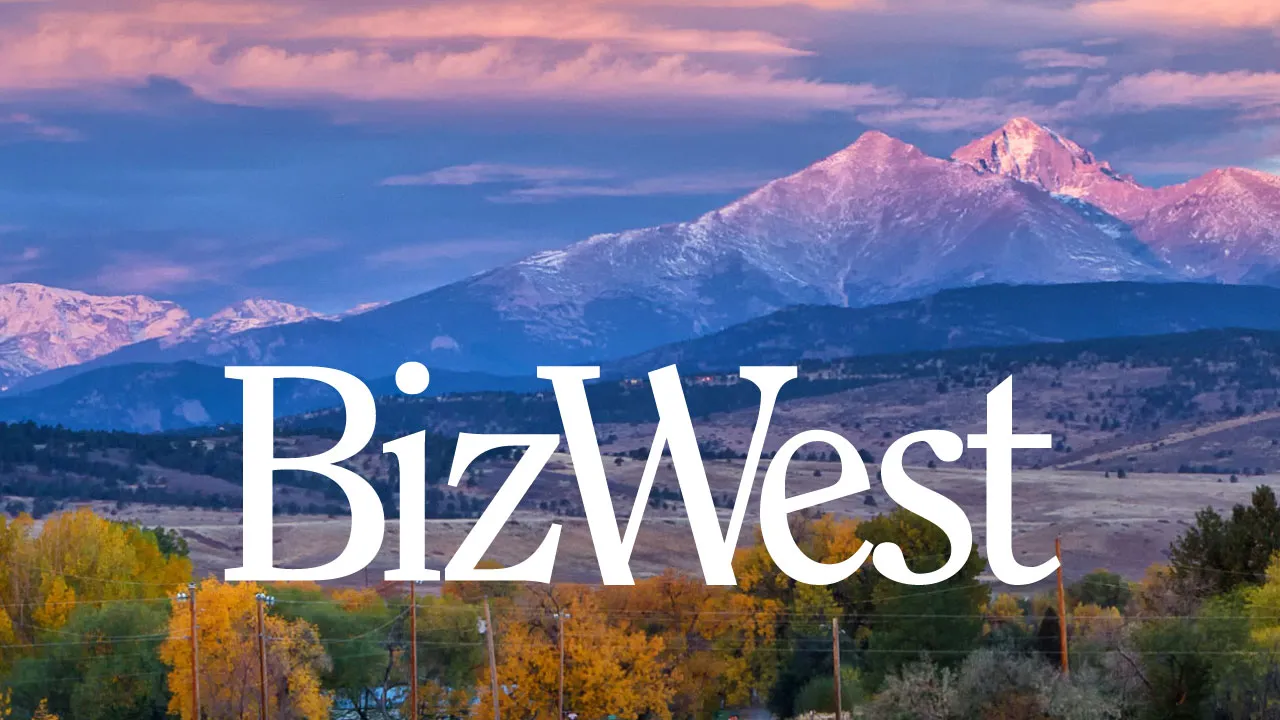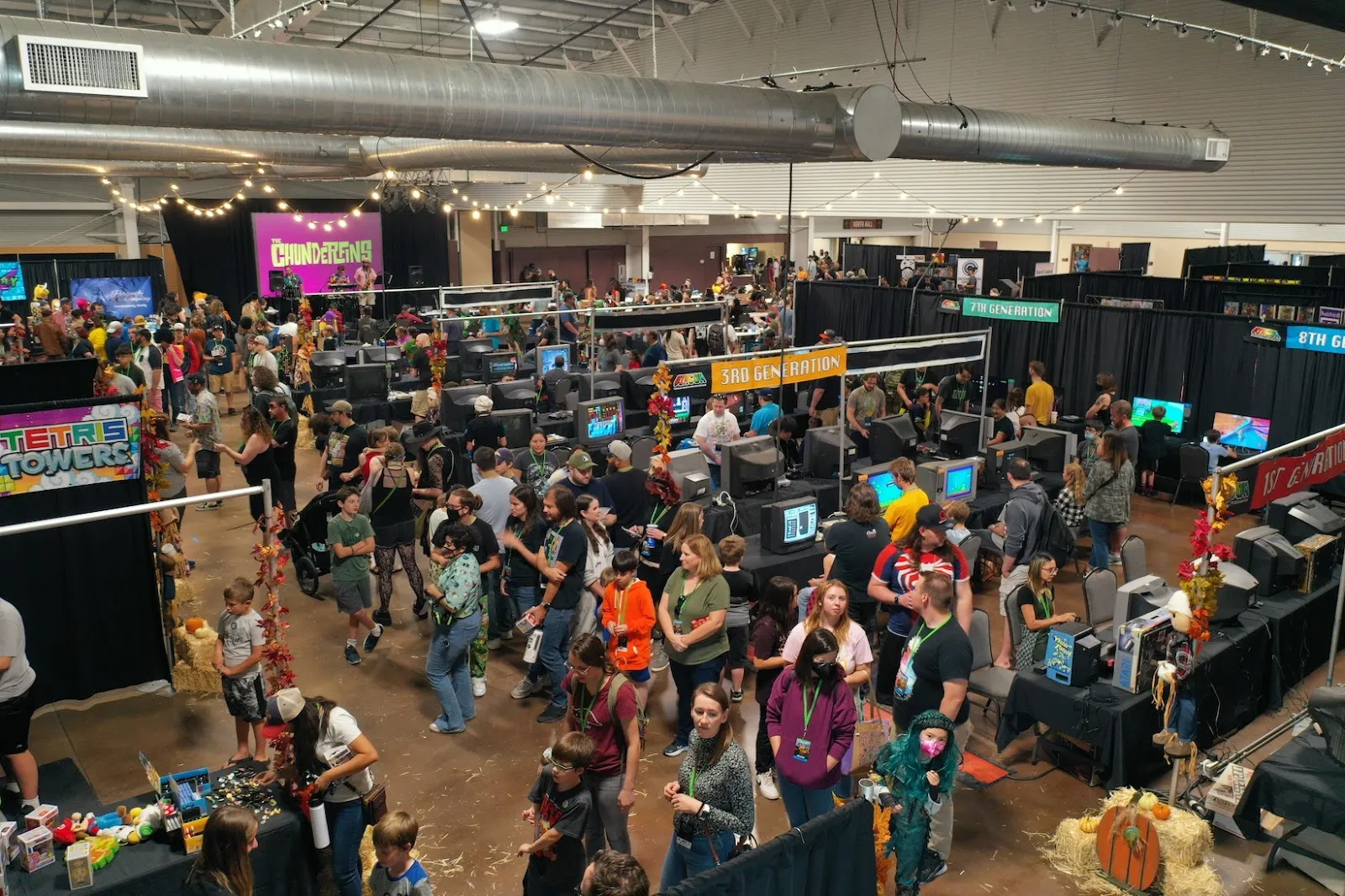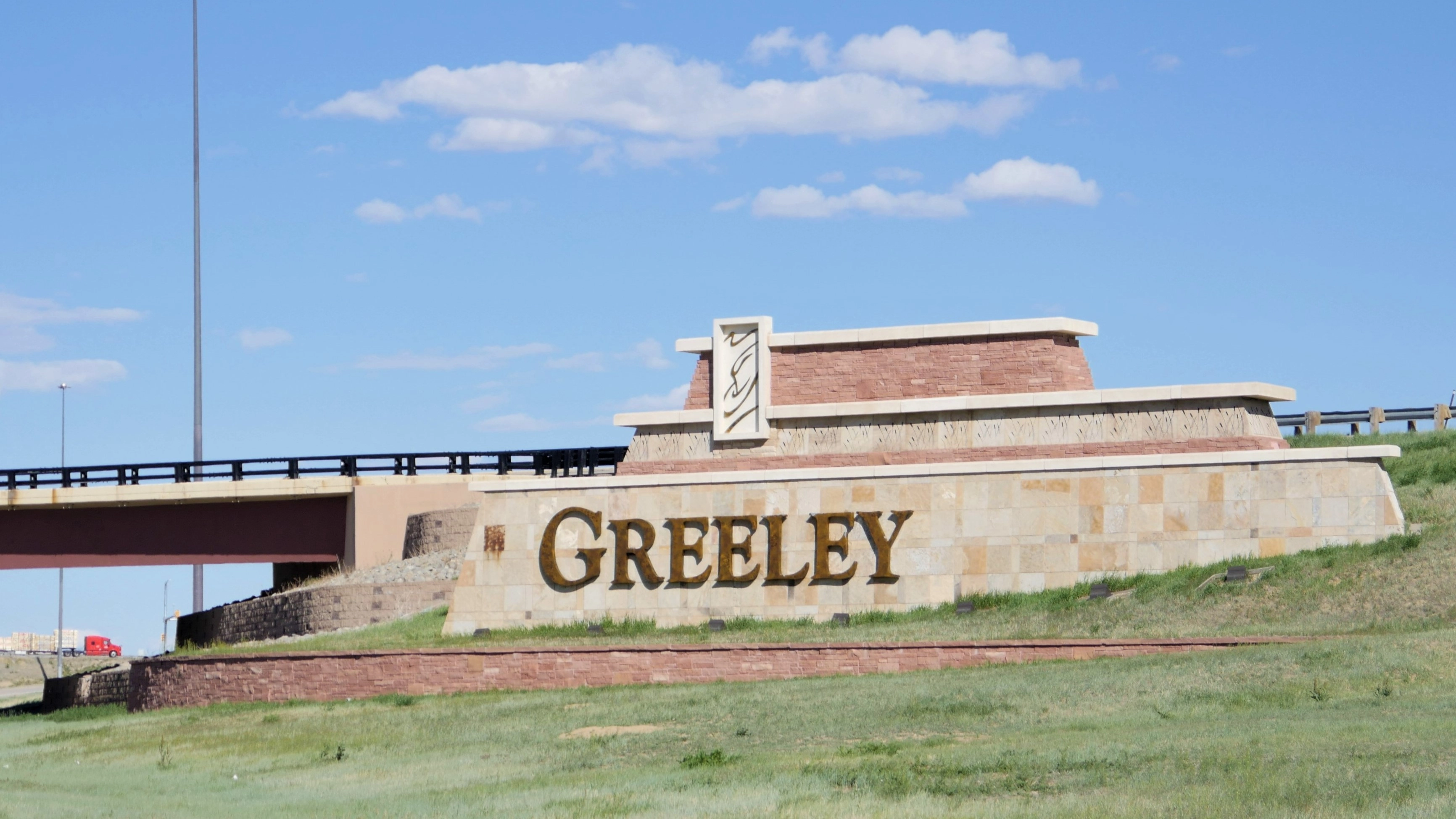D.C. monument to feature sculptor’s birds

LOVELAND — Loveland sculptor Robert J. Eccleston tracks his workday based on how many feathers he works on or the square footage he carves — at least right now.
Eccleston is part of a team of architects and artists assembling the Desert Shield and Desert Storm Memorial that on Veterans Day 2024 is scheduled to be placed on the National Mall next to the Lincoln Memorial. His contribution will be an oversized bald eagle and falcon that will grace the larger of two walls spanning 238 feet — the memorial’s tagline is “Honoring the Service and the Sacrifice.”
“When you walk into…
THIS ARTICLE IS FOR SUBSCRIBERS ONLY
Continue reading for less than $3 per week!
Get a month of award-winning local business news, trends and insights
Access award-winning content today!




